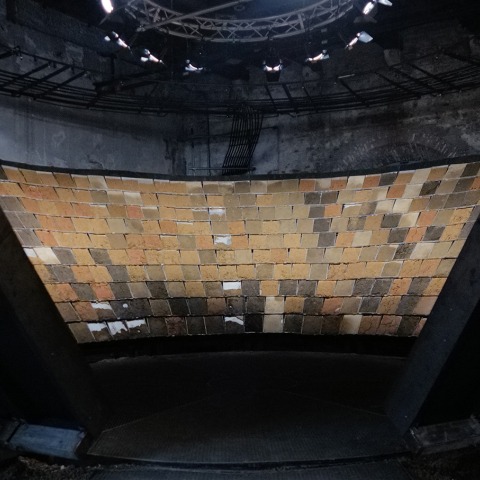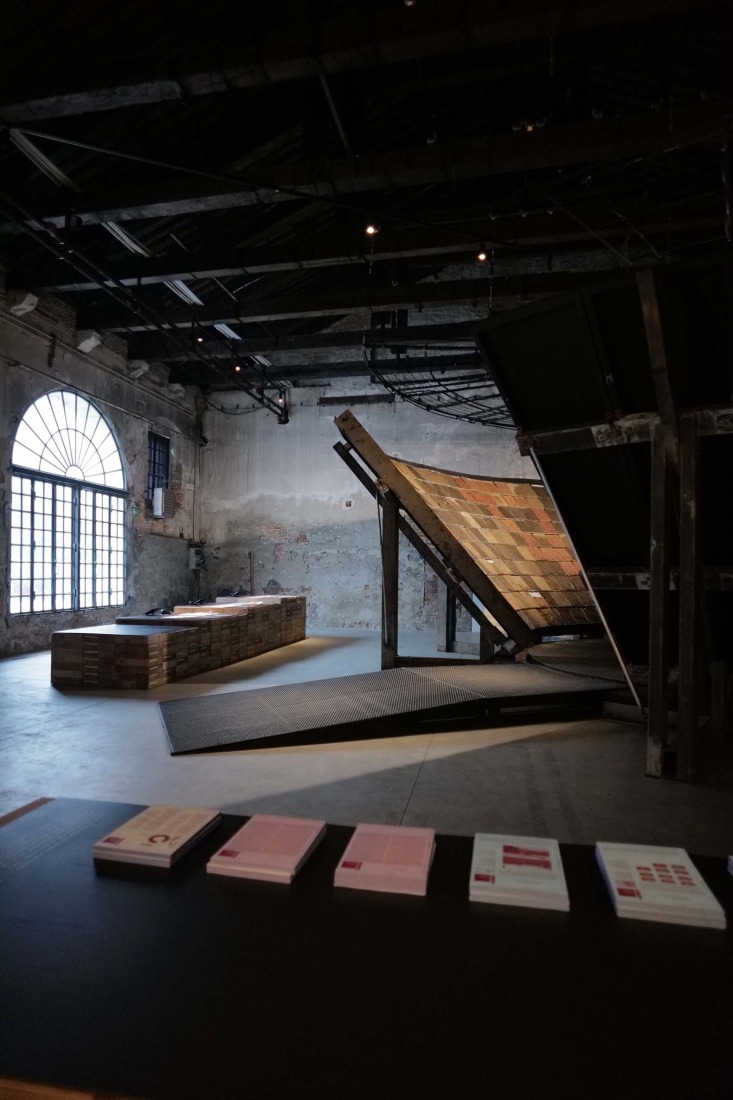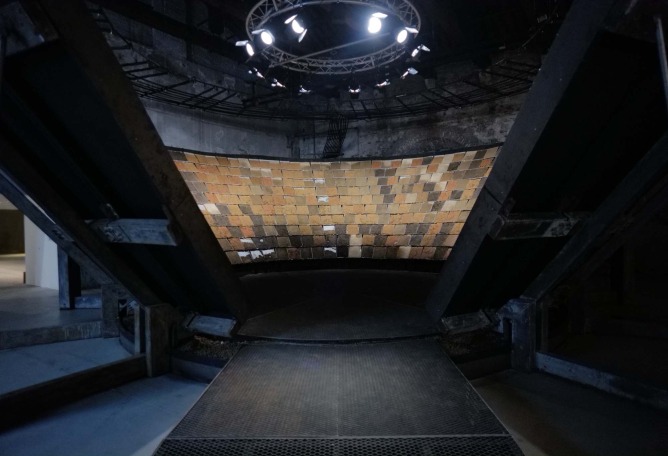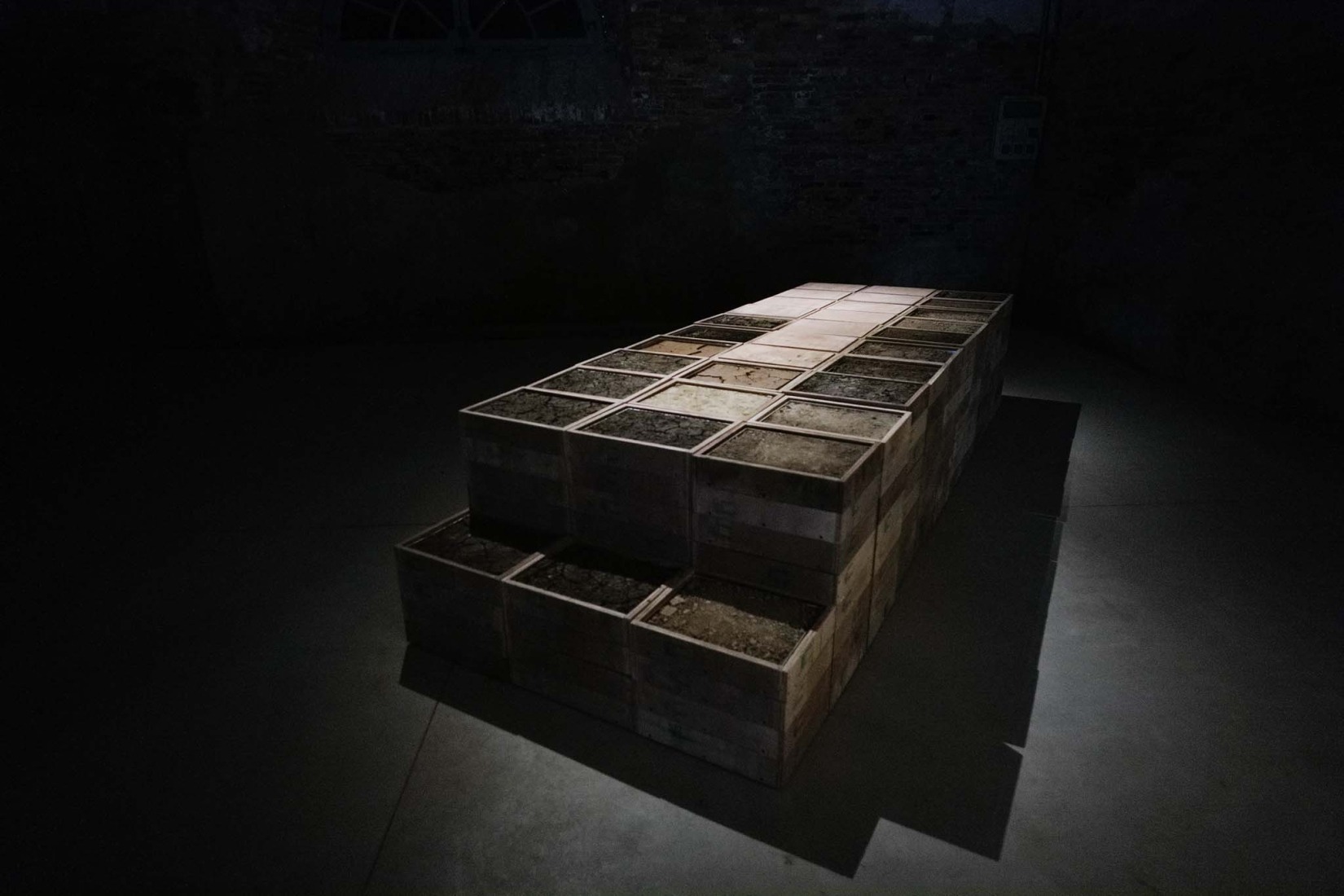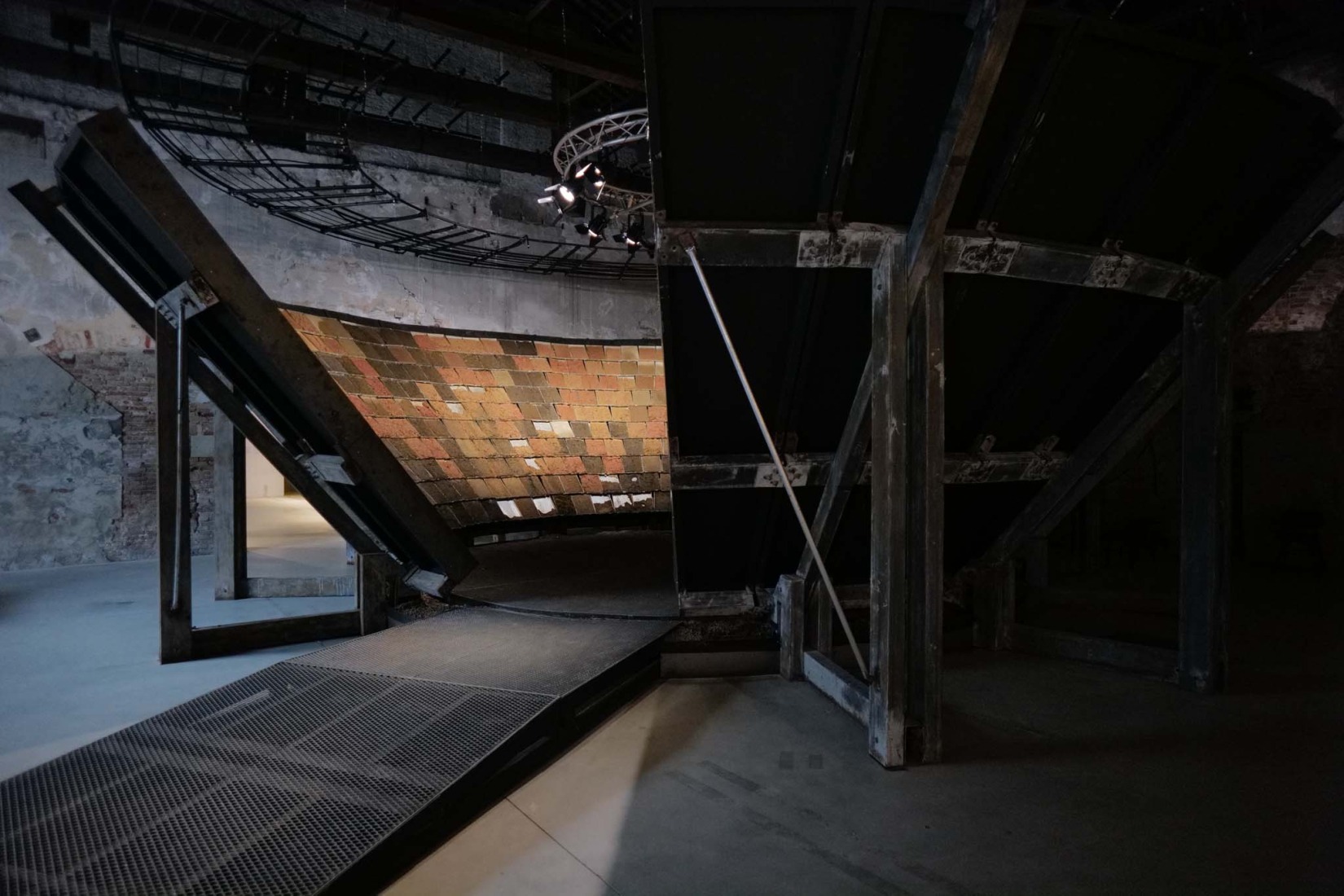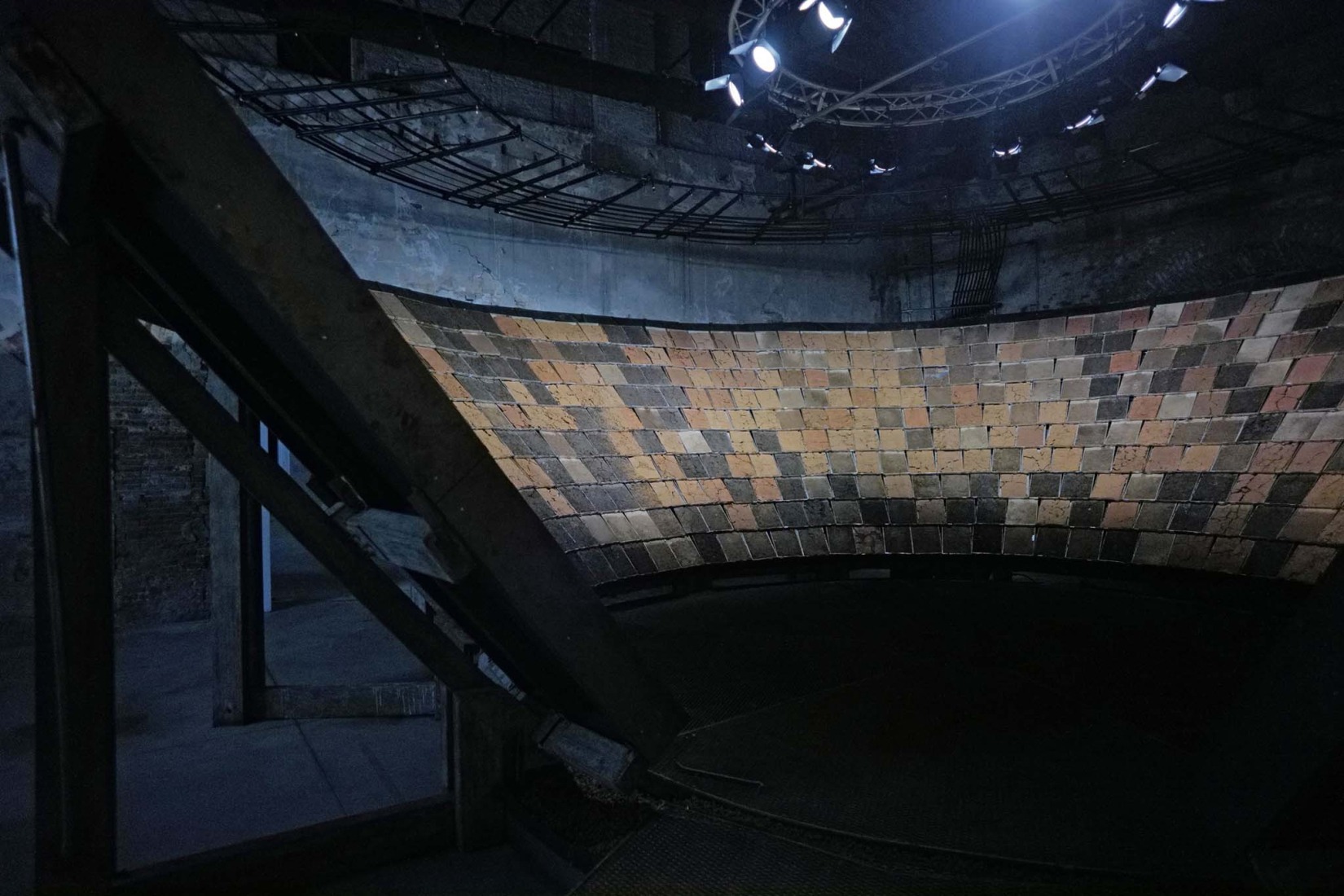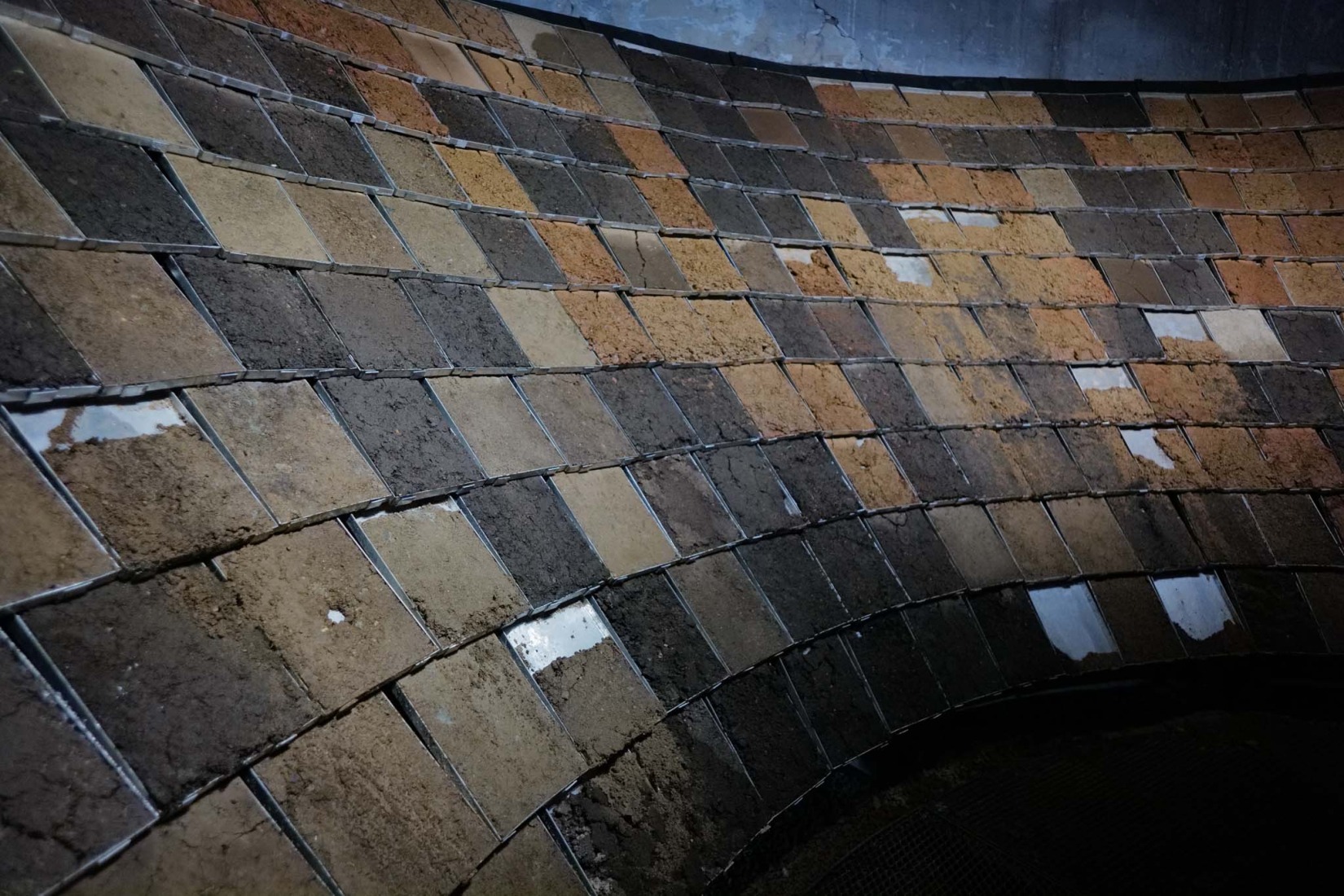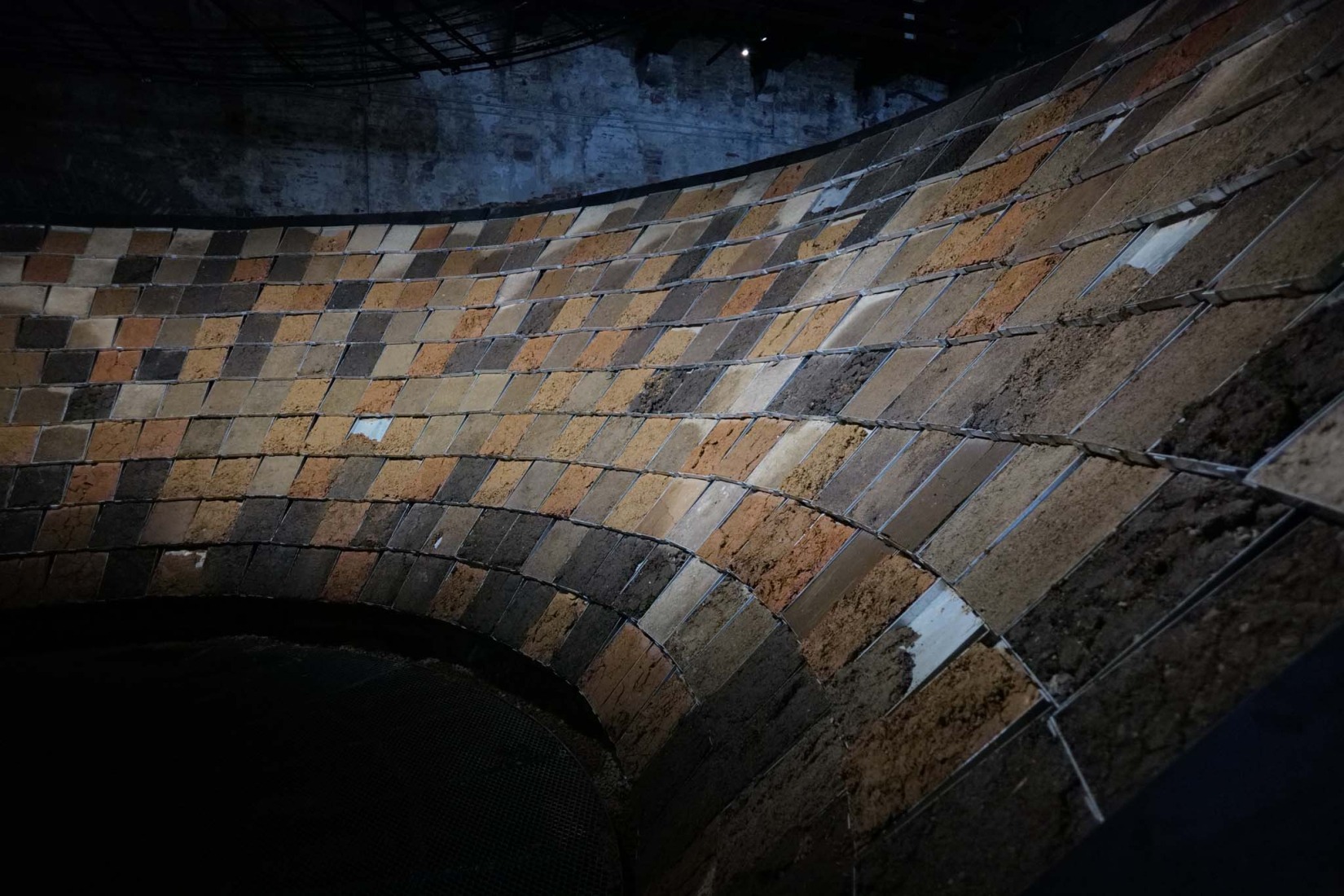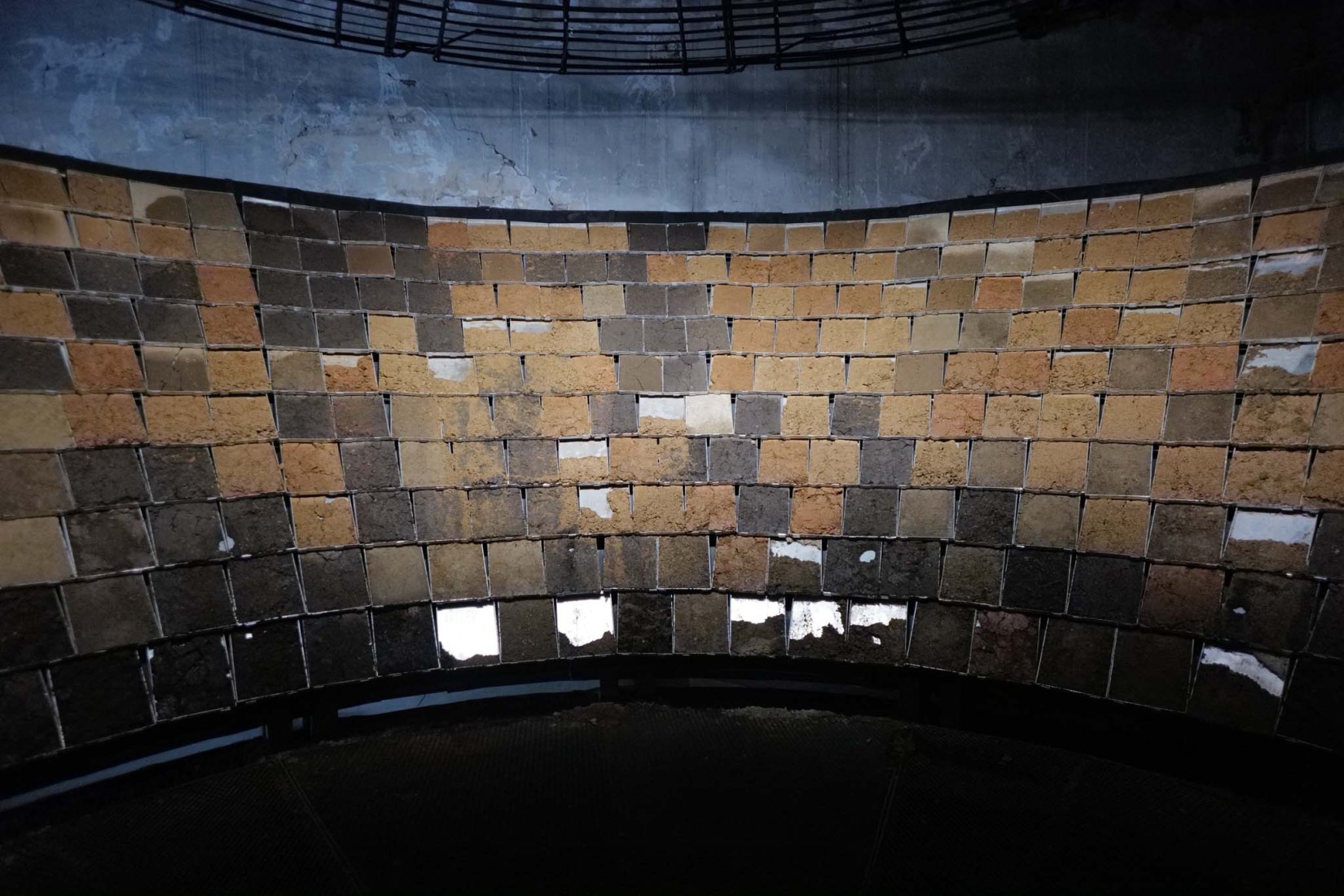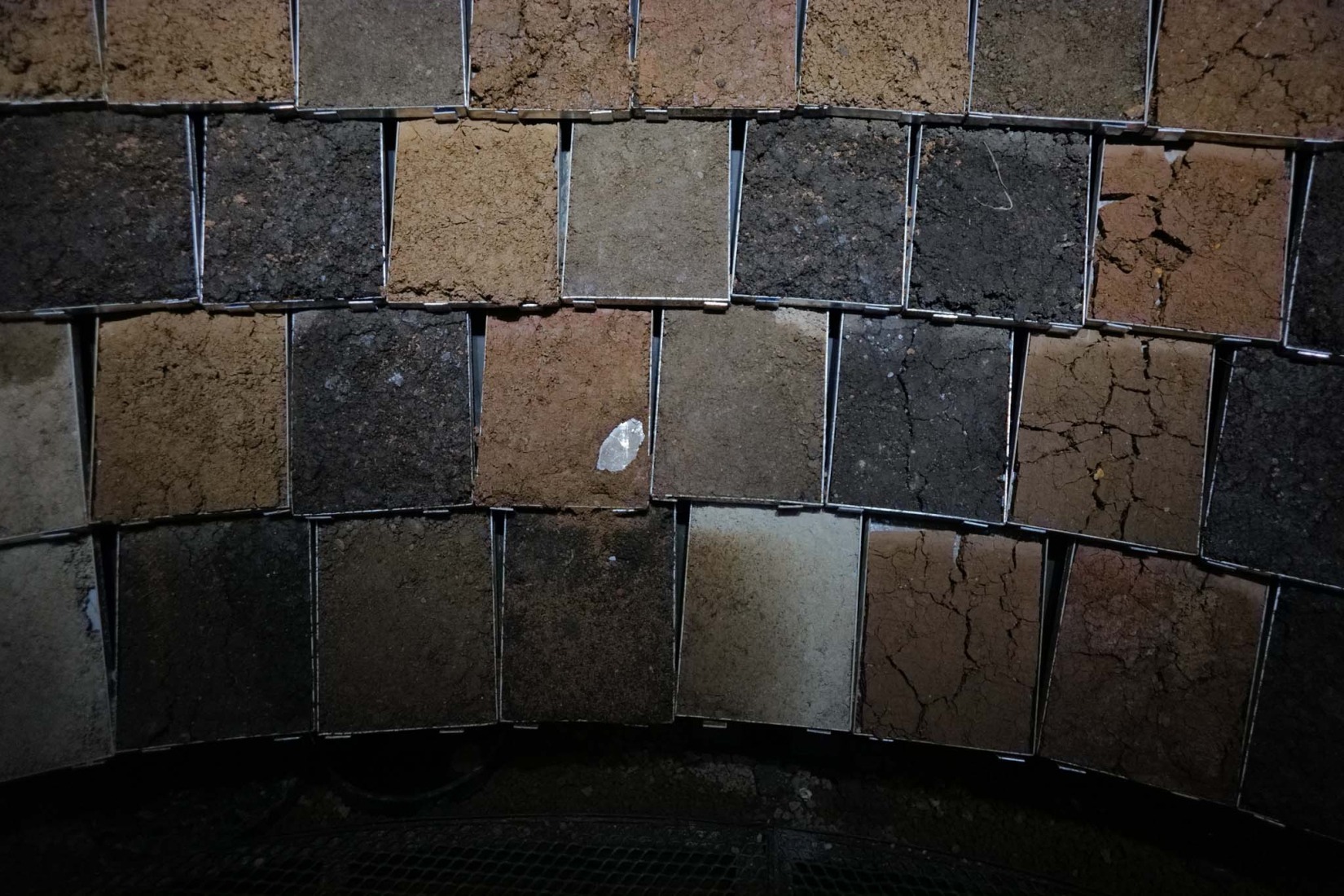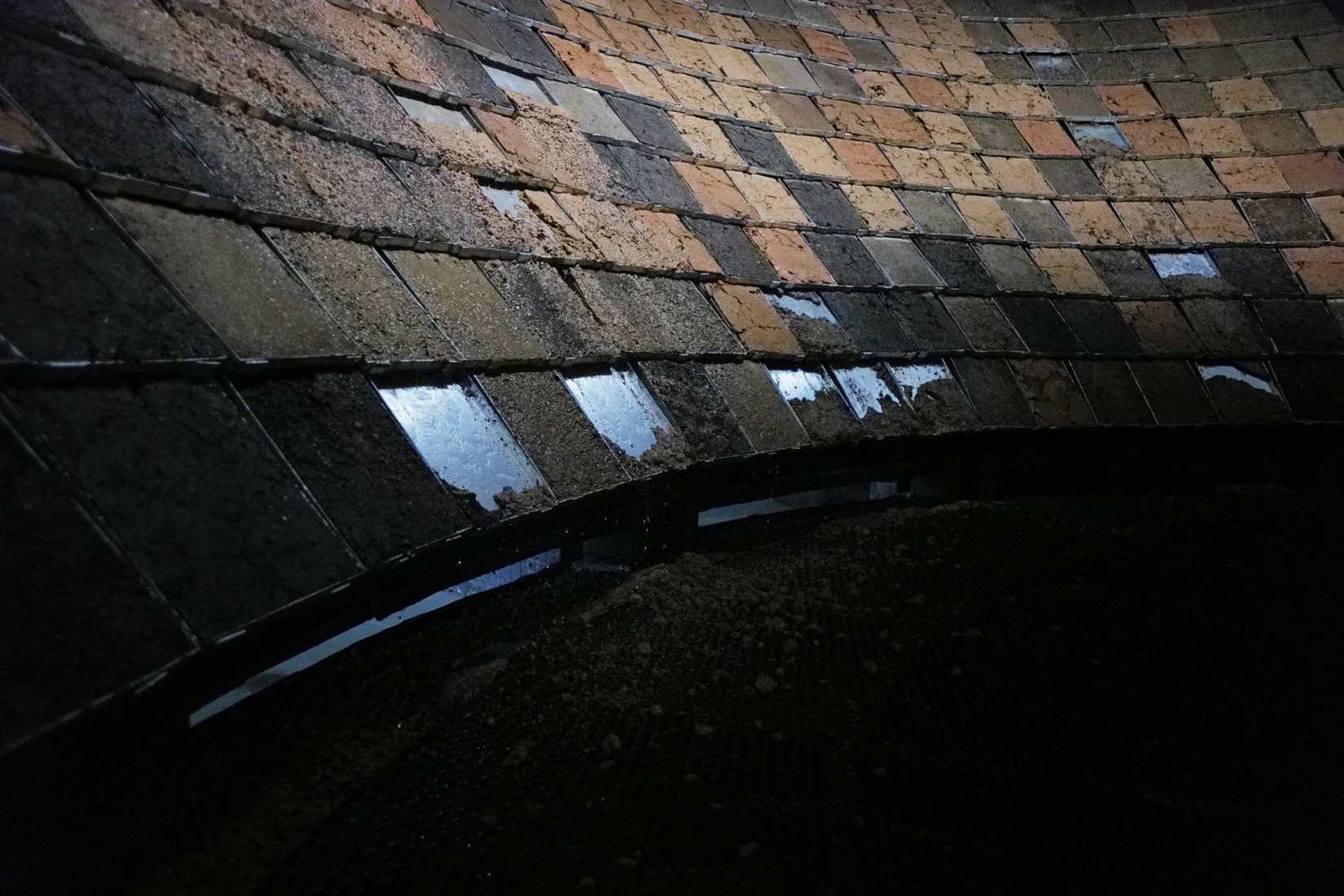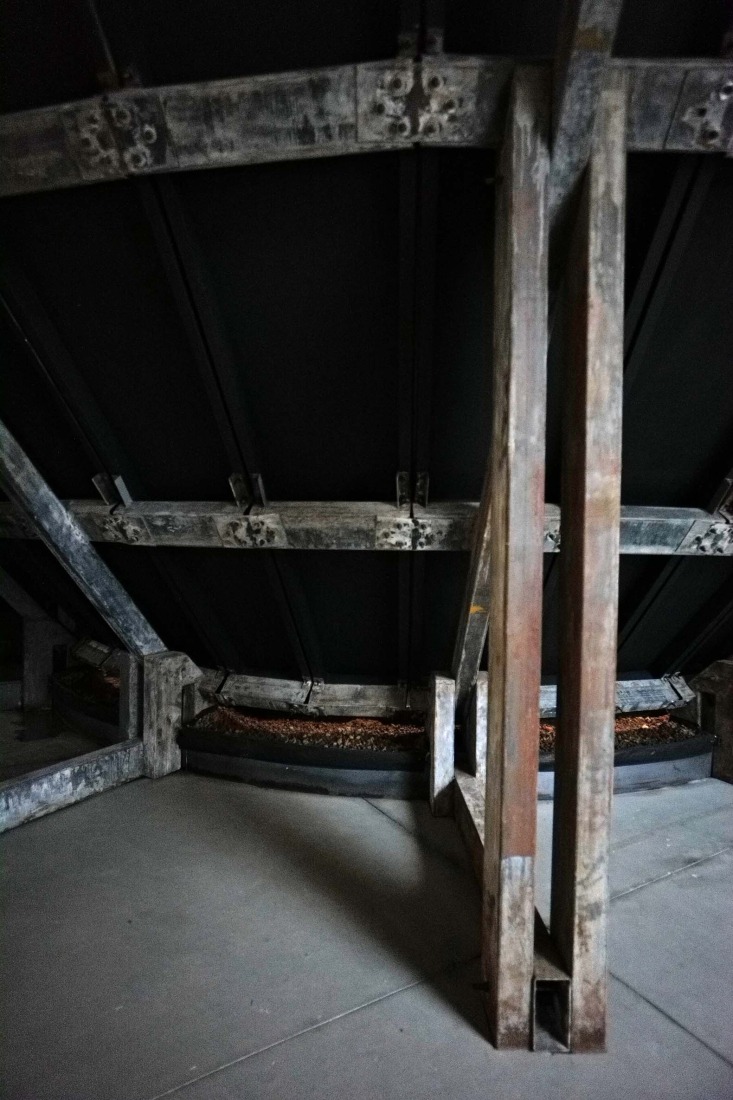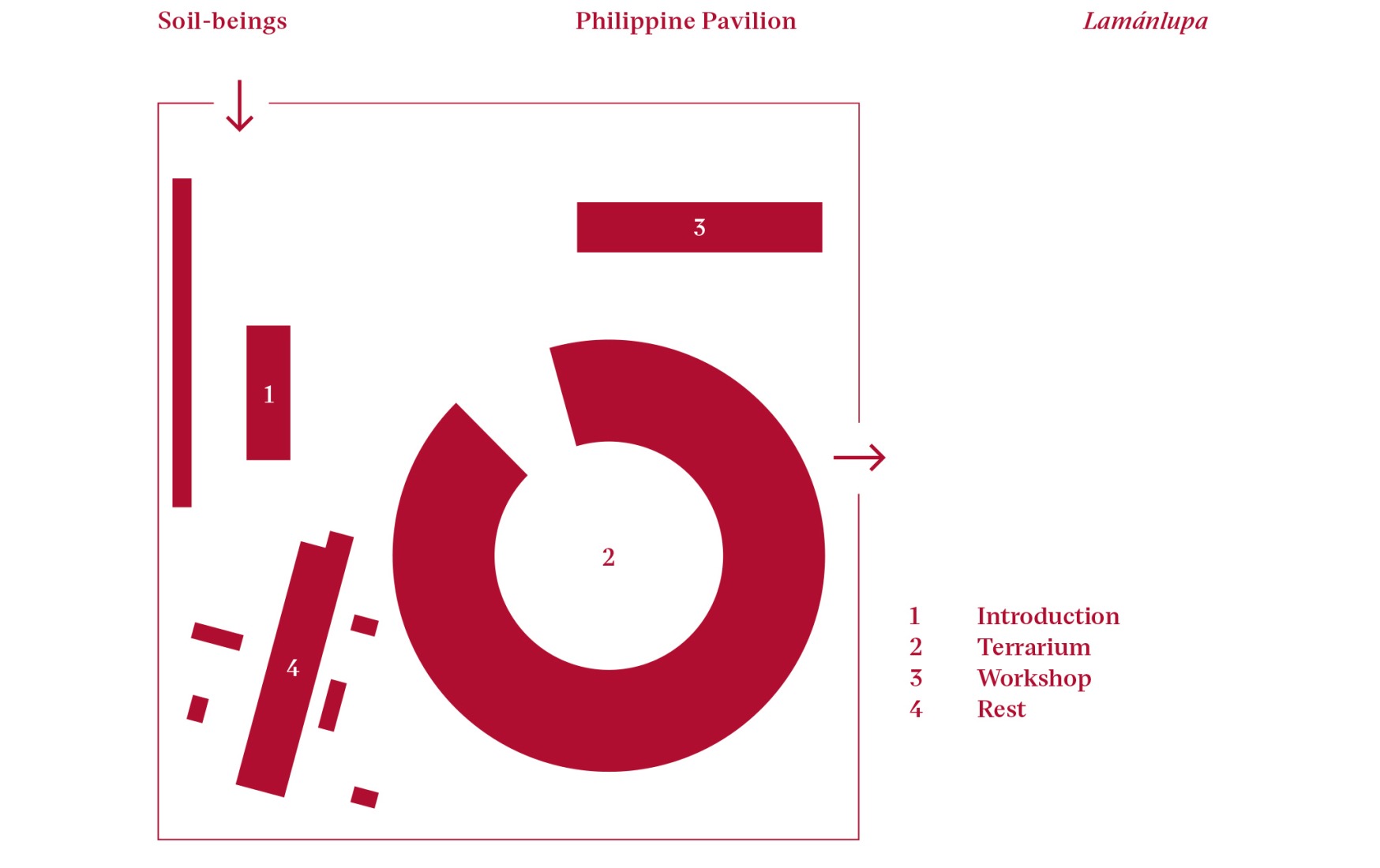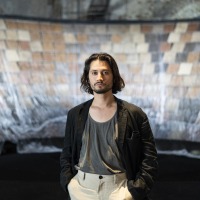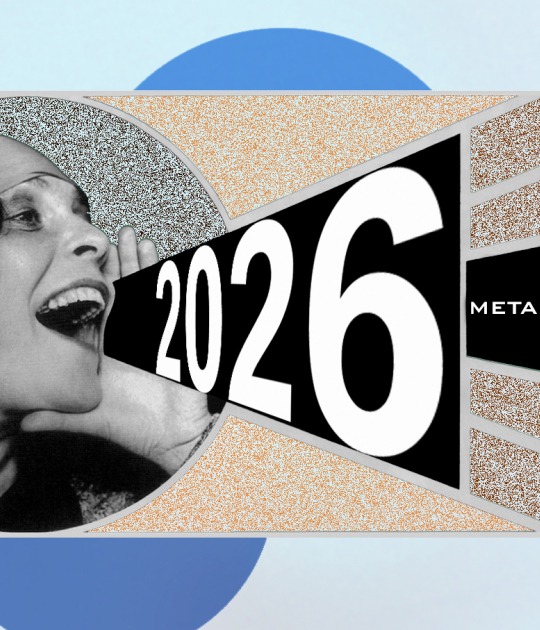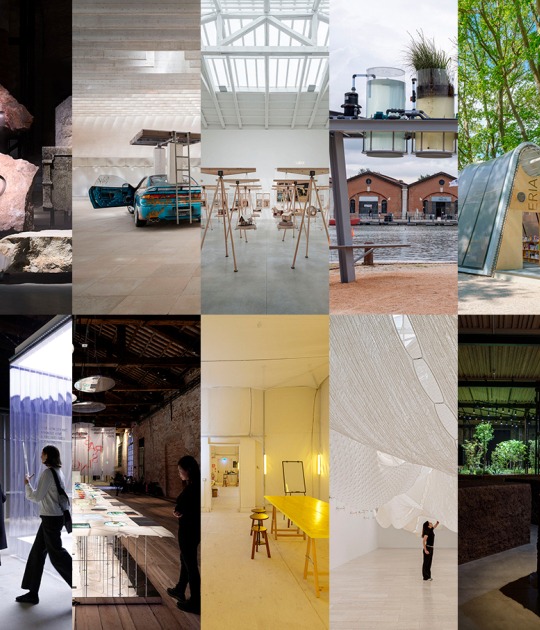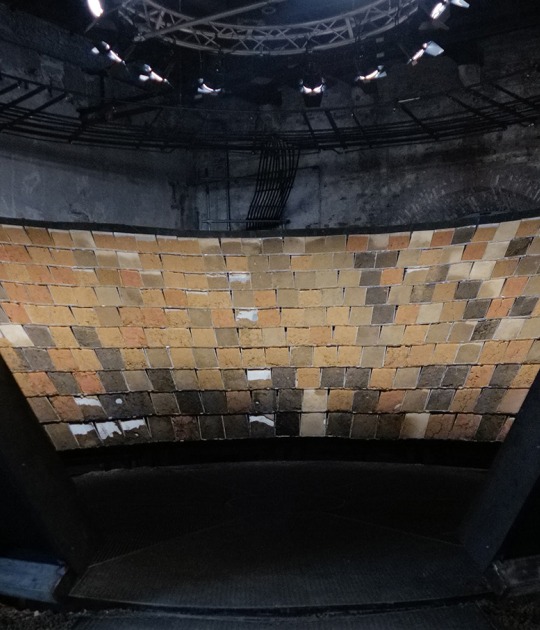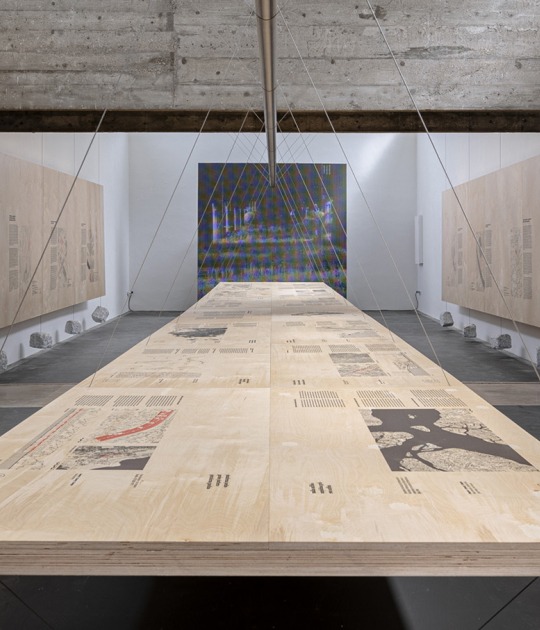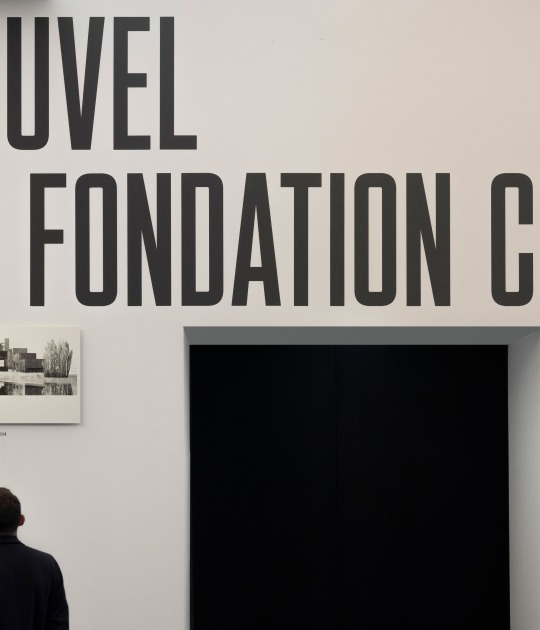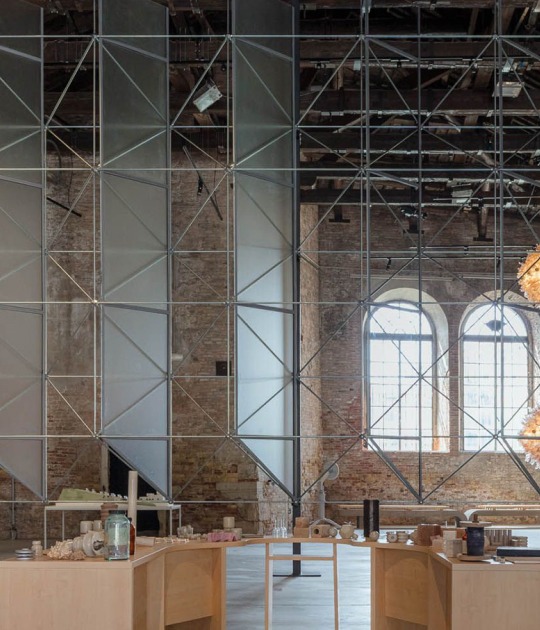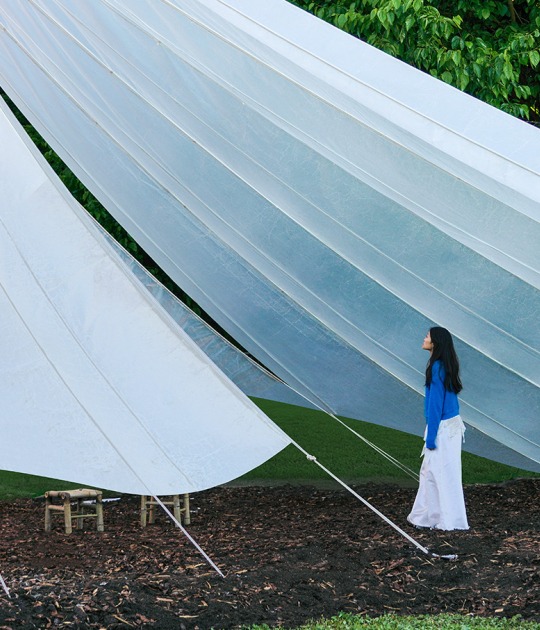The exhibition invites architects, designers, and the public to engage soil as a dynamic actor in shaping the built world. By examining the interplay of soil-body and soil-time, Soil-beings reflects on how architecture can move toward more reciprocal and ethical relationships with the earth.
Terrarium
At the center of the exhibition is Terrarium, an installation by Christian Tenefrancia Illi, composed of nearly one thousand soil tiles gathered from various Philippine landscapes. Terrarium simulates microclimates and the slow but forceful processes of weathering and transformation—foregrounding soil’s role in shaping human and nonhuman futures alike. The vortex-like structure resists architectural finality, inviting viewers into the rhythms of decomposition and reformation.
Rather than positioning soil as an object or resource, Terrarium allows it to be a host, medium, and witness. In doing so, it expands the possibilities of spatial practice—blurring the lines between ecology, ritual, architecture, and care.
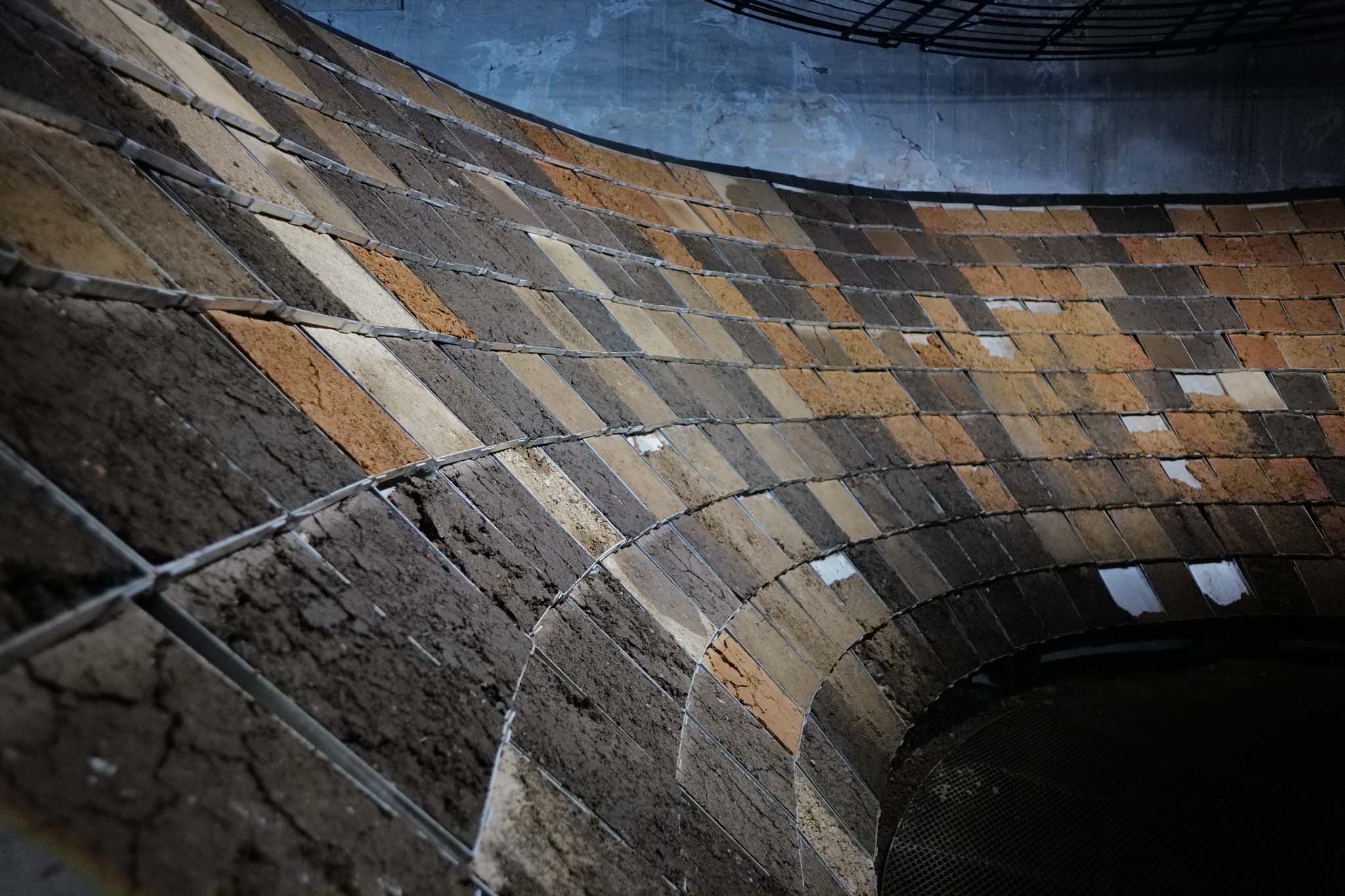
Soil-beings (Lamánlupa) by Christian Tenefrancia Illi. Photograph by Studio KIM/ILLI.
Before the exhibition’s presentation in Venice, a series of interdisciplinary workshops unfolded across the Philippines—Metro Manila, Batangas, Leyte, and South Cotabato. These gatherings, involving scientists, artists, Indigenous leaders, activists, and local residents, reframed soil as a cultural and political actor.
In Calatagan, Batangas, communities reimagined tool-making through discarded materials. In Baybay, Leyte, women and LGBTQI survivors of landslides dramatized grief and memory through performance. In Tampakan, South Cotabato, Blaan Indigenous participants used cooking, ritual, and storytelling to challenge extractive pedagogies. These exercises highlight the soil’s capacity to foster imagination, resistance, and collective life.
As a living archive and collaborator, soil in Soil-beings exceeds its role as material—it becomes a force of encounter, instability, and potential.
